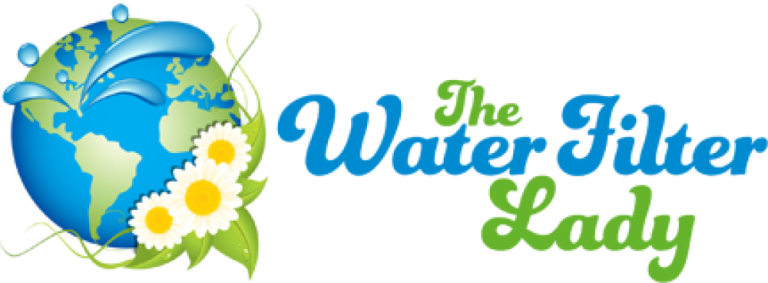
Like most children, my kids interact with water in many ways, from the moment they wake up to the moment their little heads hit their pillows. Every day, my boys use water for drinking, bathing, and brushing their teeth. The clothes they wear and the dishes they eat from get washed in water as well. They also love swimming, splashing in puddles, and hiking near (and sometimes falling into) Crum Creek. Because water interacts with nearly every part of our children’s lives, healthy kids depend on healthy water.
From Baltimore to Bangladesh – improving water quality means improving children’s health. As adults, we can do lots of things right in our own communities to make sure our kids have healthy water. Things like supporting local efforts to protect drinking water sources; conserving water resources by installingWaterSense-labeled products; and planting rain gardens to slow the flow of stormwater. And for the kids in other corners of the globe, we can support charitable organizations that bring water resources and sanitation to those who most desperately need them.
There’s something else we can do to help provide healthy waters for our kids into the future: we can teach them about the water resources all around them! Never underestimate what kids can do – their insight, ingenuity, and motivation are unparalleled when they understand connections to their daily lives. You never know…they may come up with their own amazing projects that protect and restore water quality. To get our next generation of water protectors started, EPA has compiled a variety of educational resources and activities geared toward students and educators.
At home, and at work, I always look forward to opportunities to teach children about water resources. Earth Day, Drinking Water Week, Protect Your Groundwater Day,American Wetlands Month, World Rivers Day, and, the upcoming 40th Anniversary of the Safe Drinking Water Act all provide opportunities for communicating with our kids, in language they understand, just how important our precious waters really are.
About the author: Dr. Jennie Saxe joined EPA’s Mid-Atlantic Region in 2003 and works in the Water Protection Division on sustainability programs. She’s taught her kids where their water comes from and what happens when it goes down the drain.
Source: http://blog.epa.gov/

